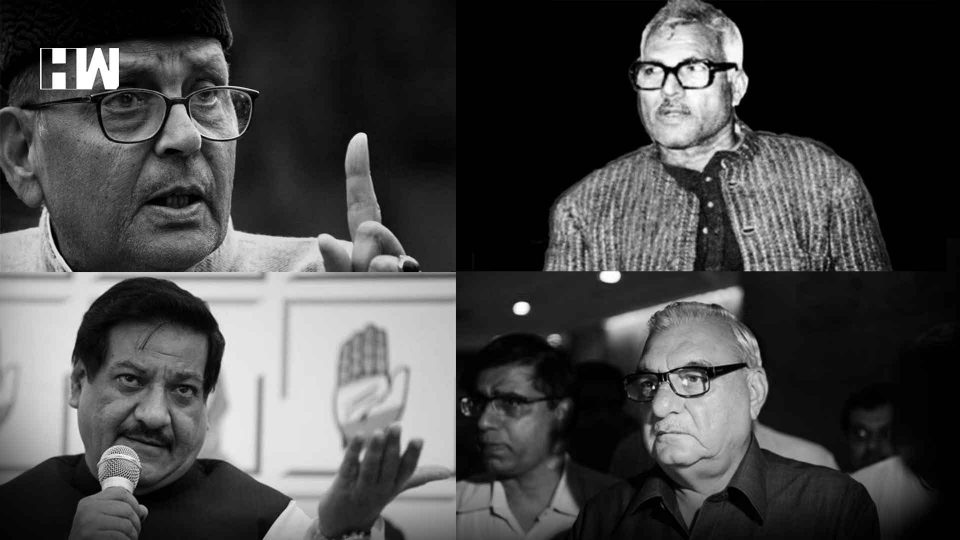We have seen a number of examples in the past where political leaders tried to meddle with the reservation policies which resulted in nothing but the electoral disaster.
On Monday, the Modi cabinet raised the heat amidst the ongoing winter session of parliament by clearing 10% reservation for the economically weaker upper castes. The cabinet decided to amend the Constitution so that the “economically backward” upper castes will get 10% reservation in direct recruitment in government services and admission to higher educational institutions.
The proposed reservation will be over and above the existing 50 per cent reservation enjoyed by the Scheduled Castes, Scheduled Tribes and the Other Backward Classes, taking the total reservation to 60 per cent. Among the major castes to benefit from the proposed law are Brahmins, Rajputs (Thakurs), Jats, Marathas, Bhumihars, several trading castes, Kapus and Kammas among other Upper Castes.
As the news took over the TV screens and print columns, it was projected as a “Master Stroke” by the Modi government. Some even called it a “Surgical Strike” ahead of the 2019 Lok Sabha elections. Considering the Savarna backlash that the government received over the SC/ST Prevention of Atrocities (amendment) act, this might have been a last-ditch attempt by the ruling BJP to save its Upper Caste voters. Incidentally, the upper caste Hindus are its core vote banks. Thus, this move was being seen as vote bank motivated.
The question, however, remains whether it is actually effective or ground? Whether it will pay the electoral dividends the party is hoping for? Will the move achieve consolidation of both, Dalit and Savarna voters in favour of BJP?
BJP may hope the answer is in affirmative. But a quick scanning of pages of India’s political history can easily tell that it is otherwise. On the contrary, we have seen a number of examples in the past where political leaders tried to meddle with the reservation policies which resulted in nothing but the electoral disaster in the immediate elections.
Karpoori Thakur:
Karpoori Thakur was the first political leader to have felt the heat on the ballot box due to his decisions regarding the reservation policies. The socialist leader who was Bihar’s first non-Congress Chief minister first introduced the reservation for the economically backward upper castes in the country. His decision was based on the findings of the Mungeri Lal Commission. This commission had suggested a total 26% reservation in the state, of which 20% were for the OBC, 3% for the women of any background and 3% reservation for the poor Savarnas.
Karpoori Thakur decided to implement the reservation formula in Bihar in November 1978. However, he decided to divide the OBC category into two other sub-categories for the distribution of quotas, i.e. Extreme Backward Class (EBC) and Backward Class (BC). While EBC were allotted 12% quota, BC was allotted 8%.
Electorally, it proved to be disastrous for the leader. He had to endure major upper caste backlash for this move. Within a week, he had to vacate the CM chair. The reservation policy he introduced is popularly known as “Karpoori Thakur Formula”. The policy was halted in 1992-93 until the Supreme Court quashed it. However, with the Modi government’s new reservation card, the demand for implementing the formula in government jobs and educational opportunities has started gaining pace in Bihar.

VP Singh:
Who can forget the political debacle VP Singh brought upon himself by announcing the implementation of Mandal commission report. Not only the country burned for months following violent protests but the controversial move proved to be a fatal blow to VP Singh’s political career.
In August 1990, seven years after the Mandal Commission report on the identification of OBC’s based on 11 parameters, VP Singh in his independence day address declared his intention of implementing the commission’s suggestions. The report proposed OBCs to be given 27% reservation making the total number of reservation go up to 49%.
This move sparked a series of student protest. The Self-immolation committed by more than 50 students across the country and suicide attempts by more than 100 people marked the end of the VP Singh’s minority government. Just 11 months after he took oath as the Prime Minister, VP Singh had to step down and was succeeded by Chandra Shekhar.

Bhupinder Huda:
Having witnessed the fire sparked by the controversial reservation policies, Congress (UPA) for most of its term kept the reservation off its priority. Until 2014, when it made a last-ditch attempt to win the election, touched the reservation issue.
On the face of elections, Congress proposed to include Jats in Other Backward Class category. The Jat reservation only resulted in violent protests and hartals in the state. The Supreme Court eventually rejected it. The Congress, as we know, was reduced to only 1 seat.

Prithviraj Chavan:
The Congress-NCP coalition government in the state of Maharashtra too followed the suite off Haryana government. The Prithviraj Chavan-led coalition government announced 16% reservation for the Marathas who have been demanding reservation since long. The move did not prove much fruitful as the coalition had to face dismal numbers in the immediate assembly election.

These and many other cases in the past prove that any decision with regards to the reservation is equal to playing with fire. Thus, it begs a question whether the Modi government has learnt the time and again tested lesson provided by Indian Politics. With the recent decision, it seems it hasn’t or perhaps, it has chosen to ignore it.
Will it turn out to be political suicide for Modi government as well? Or will he be successful in breaking the jinx?
As an independent media platform, we do not take advertisements from governments and corporate houses. It is you, our readers, who have supported us on our journey to do honest and unbiased journalism. Please contribute, so that we can continue to do the same in future.

